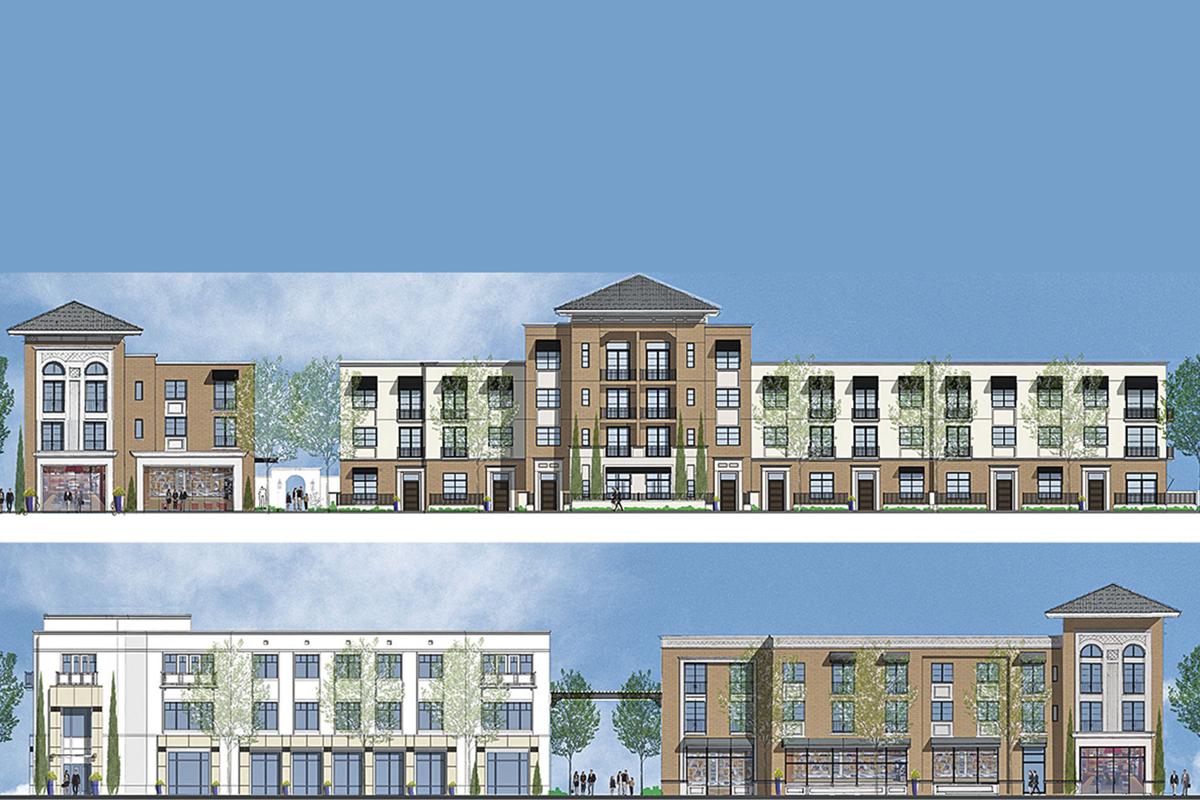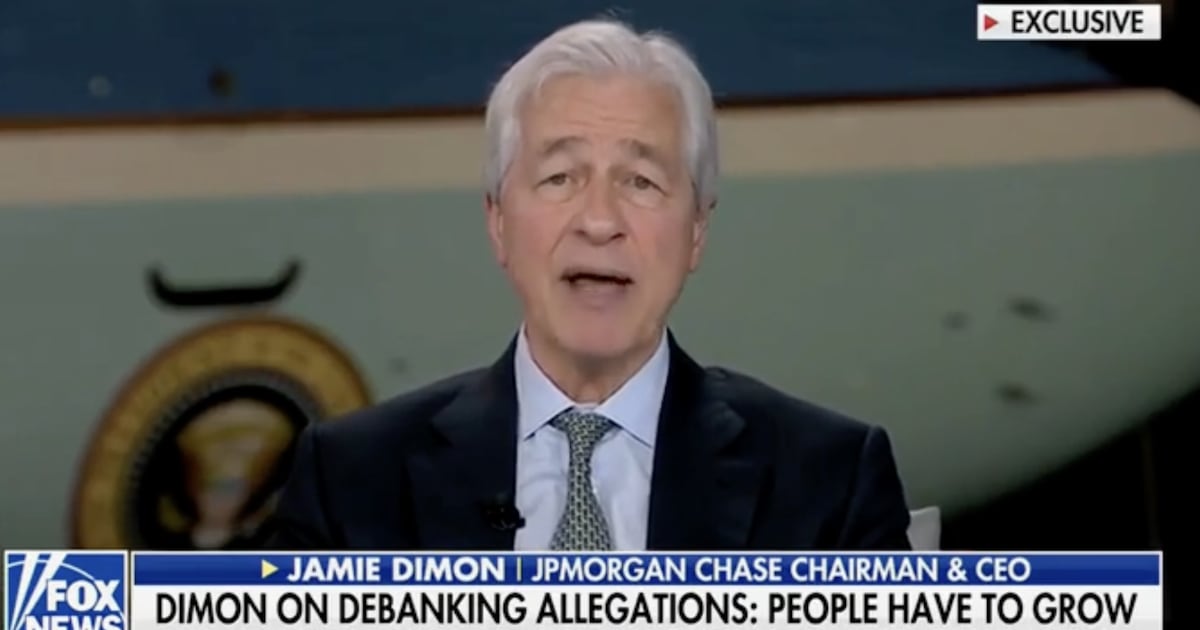
We are so blessed!
Just another one of those 'Revelations', published today by East Valley Tribune staff writer Jim Walsh who's getting ahead of his stories published by The Times Media Group for local consumption, framing them with a battle between "historic preservation can't beat progress" and "revitalizing" downtown Mesa.
Now he's revealing Phase 2 in the Mesa LDS Temple-area, where for-profit investment affiliates own more than 70 properties - they essentially "own the neighborhood" so we won't see any neighbors objecting. Furthermore, judging by election signs in front yards, It's Jake Brown's home turf.
_________________________________________________________________________
Blogger Note1: Writer Jim Walsh provides no links to the statement by CCRI Spokesman Dale Bills that he uses in the reporting and he doesn't name the CCRI 'affiliates' who own the land increasing the original Phase 1 of 4.6 acres to the 8.2 acres in Phase 2.
Blogger Note 2: Scroll down below in related content to see the sources of the announcements and revelations about earlier plans - Question: Is this really what Mesa needs?
TIME FOR A REACTION?
Or cross your fingers behind your back and hope no one notices?
Blogger Note: It's very clear from statements made by Matt Baldwin, real estate development director for City Creek Reserve (CCRI)), an investment affiliate of the Church.
We’ve been planning this project for years, . .We’ve talked with city and county government leaders, city planning staff and other local developers.
 |
| The proposed bland retro-historic and "Mesa-Authentic" architecture looks a lot like the Mesa Superio Court Building on the NWC of 1st Avenue/Pomeroy |
“We want to enhance and beautify this block, but we also want to make sure what we’re proposing is what downtown Mesa needs, . ."
while NOT talking to the people who actually live here in downtown Mesa? City Creek’s challenge in completing the project is demonstrated by the wide spectrum of reaction.
_________________________________________________________________________while NOT talking to the people who actually live here in downtown Mesa? City Creek’s challenge in completing the project is demonstrated by the wide spectrum of reaction.
Scope of Mormon Temple-area project in Mesa to be doubled
"City Creek Reserve is planning to nearly double the size of the redevelopment project west of downtown Mesa’s iconic temple of the Church of Jesus Christ of Latter-day Saints.
City Creek Reserve, the church’s real estate division of the church, will expand the redevelopment project from the original 4.5 acres to 8.2 acres, according to spokesman Dale Bills.
“City Creek Reserve is expanding its mixed-use, transit-oriented redevelopment at Mesa and Main to include additional residences. New townhomes and single-family homes will be constructed on land already owned by CCRI affiliates, increasing the total number of redeveloped acres from 4.5 to 8.2,’’ Bills said in a statement. . . "
As reported on this blog earlier with an image of bulldozing at the site for Residences On Main & Mesa, ". . . Construction has already begun on the project, which Bills said is aimed at creating “a neighborhood with diverse residential unit sizes, comfortably scaled buildings, Mesa-authentic architecture, and landscaped streets and gardens. . . The expanded project was not unanticipated by Mesa preservation officials, who always suspected that there might be a Phase II added to the project. They noted that the church owns additional property south of the original project’s boundary.Carl Duke, City Creek Reserve’s vice president, is scheduled to brief the Mesa Historic Preservation Board on Tuesday about his plans to demolish the seven historic homes covered by the original demolition permits requested by the company earlier this year, and discuss six additional homes that would be demolished as part of Phase II.
_________________________________________________________________________
READ MORE > http://www.eastvalleytribune.com/scope-of-mormon-temple-area-project-in-mesa-to-be/article_72245224-c4d5-11e8-a88f-4fa589377d9d.html_________________________________________________________________________________
RELATED CONTENT:
> Source: LDS Missionaries https://ldsmissionaries.com
Plans have been announced to redevelop 4.5 acres of land along the Main Street light rail corridor in Mesa, Arizona, an area located just west of the Mesa Arizona Temple of The Church of Jesus Christ of Latter-day Saints. A new mixed-use community will replace vacant lots and buildings near the temple, which is currently closed for renovation.
“We’ve been planning this project for years,” said Matt Baldwin, real estate development director for City Creek Reserve (CCRI)), an investment affiliate of the Church.
“We’ve talked with city and county government leaders, city planning staff and other local developers. We want to enhance and beautify this block, but we also want to make sure what we’re proposing is what downtown Mesa needs,” he added. . . .
Image: Matt Baldwin with Mesa developer Tony Wall and Mike Hutchinson, former Mesa City Manager and Vice President East Valley Partnership
__________________________________________________________________________
> Source: The Mormon News Room https://www.mormonnewsroom.org
"We’ve been planning this project for years,” said Matt Baldwin, real estate development director for City Creek Reserve (CCRI), an investment affiliate of the Church. “We’ve talked with city and county government leaders, city planning staff and other local developers. We want to enhance and beautify this block, but we also want to make sure what we’re proposing is what downtown Mesa needs,”
The revitalization, located between Mesa Drive and LeSueur Street, will include 240 apartments, 12 townhomes, 70,000 square feet of landscaped open space, ground floor retail space and 450 spaces for underground parking. Retail tenants will be accommodated in up to 12,500 square feet of ground floor space
 |
| Mike Hutchinson |
“What CCRI has envisioned is exactly right for downtown Mesa right now,” observed Mike Hutchinson, executive vice president of the East Valley Partnership and former Mesa city manager.
“They’ve done their homework. This project will bring renewed vitality to this key block on Main Street.”
Pending rezoning and permit approvals, City Creek expects to begin construction in September of this year, with completion projected in 24–30 months in late 2020 or early 2021.
City Creek Reserve, Inc. (CCRI) is a real estate investment affiliate of The Church of Jesus Christ of Latter-day Saints. CCRI is the master developer of City Creek, a sustainably-designed, 23-acre, walkable urban community of residences, offices and retail stores in downtown Salt Lake City, which has renewed and revitalized the heart of the city
__________________________________________________________________________________
> "Authentic Mesa architecture" ????????????????????????????????????????
Blogger Note: If you're really talking about "authentic Mesa architecture" way-back-when it looked like this in the image to the left of the 2-story Zenos Co-Op on Main Street, one of the mercantile early Mormon establishments to develop the local economy. The name comes directly from a prophet in The Book of Mormon.
Just like today's Main Street historic district it was neglected over the years and fell into ruin.
Here's another sample of authentic Mesa architecture on Main Street - note the variety of styles and the low-scale of the storefronts.
There are even earlier existing examples of different architectural styles that incorporate the days pre-Pioneer like the Spanish Mission Revival of Chandler Court and on a number of historic residential properties around town.
Transplanting a smaller version of a City Creek project from Salt Lake City into downtown Mesa is just mis-guided and wrong > THAT'S NOT WHAT MAKES MESA UNIQUE
_________________________________________________________________________
Architect pans Mormon redevelopment project's 'look'
Davis, the project’s architect, told the board that he is trying to blend old with new.“We don’t want the buildings to look too big,’’ Davis said.
"We are interested in an authentic Mesa, authentic Southwestern character. We don’t want to match the Temple.
The 91-year-old Temple is among Mesa’s most iconic buildings and is a powerful symbol of its Mormon pioneer heritage.
City Creek’s challenge in completing the project is demonstrated by the wide spectrum of reaction.
If the zoning change is granted [in August], City Creek would start demolishing some church-owned commercial properties along Main Street and Mesa Drive later that month.

























